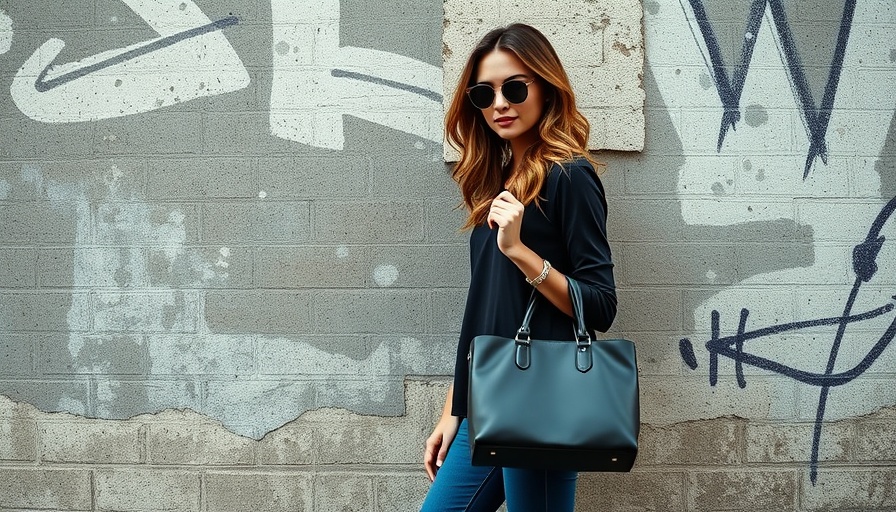
Explore Pantry: A New Era for Toronto's Café Culture
In the bustling heart of Downtown Toronto, the new Pantry on King Street West stands as a testament to innovative interior design, expertly crafted by Denizens of Design. This café is more than just a place to grab a bite; it combines visual energy with functional space, making it an ideal spot for digital nomads and professionals seeking comfortable and inspiring environments for remote work.
Design Elements that Inspire Productivity
What sets this location apart is its striking aesthetics. The ceiling, adorned with a basketweave design, and a mosaic floor reflecting tartan patterns create a unique atmosphere that goes beyond mere decoration. Dyonne Fashina, the principal at Denizens of Design, emphasizes a conscious approach to design: "Sensitive design is about more than using the newest hot recycled materials – it's about honoring what's already here." This philosophy resonates particularly well among remote workers who appreciate well-thought-out environments that support their productivity.
A Space to Relax and Recharge
With its oak millwork and micro-cement finishes, Pantry's new look features darker tones that contrast with previous locations. The thoughtful color palette, incorporating vibrant reds and blues, adds warmth, making it a welcoming space for those taking a break between work sessions. The integration of hot plates into the modular counter system is a practical feature for busy professionals looking for a quick meal without sacrificing quality. Everything about this café is tailored to enhance the user experience, allowing workers to focus on their tasks while enjoying a local culinary delight.
Environmental Sustainability in Design
The ethos of reducing waste is evident in how Denizens of Design retained existing elements from the previous tenant, savvy in the reusability of materials. This not only helps to lessen their environmental impact but also creates a sense of continuity in the space's history. As remote workers increasingly consider sustainability in their choices, transformations like these show that responsible design can be both functional and aesthetically pleasing.
The Importance of Local Artisans
In keeping with its commitment to local culture, Pantry sources artwork and lighting fixtures from local artisans. This adds a layer of character and support for the community that resonates deeply with its patrons, particularly among those who prioritize local businesses. The café's design incorporates pieces by artists like Giorgio Cecatto and Diana Watters, weaving in a narrative of place that makes it more than just a café.
Pantry: A Meeting Point for Creativity and Collaboration
Ultimately, Pantry serves as a cozy enclave for Toronto's digital nomads and creatives. Its inviting design encourages interaction while providing quiet corners for focused work. AVA, an ergonomics specialist, suggests that the environment plays a crucial role in productivity; hence, spaces like Pantry designed for flexibility are vital in today's fast-paced work culture. The careful curation of how the interior functions fosters not only individual work but collaboration among patrons, creating a lively, engaging atmosphere.
Final Thoughts: Join the Café Culture
As Toronto continues to evolve and adapt its café culture, discovering spaces like Pantry could be the perfect solution for remote workers seeking both functionality and beauty in their workspaces. Explore Pantry today, where a thoughtfully designed environment awaits to inspire your next big idea.
Have you visited Pantry? Share your thoughts on its design and how it has influenced your work experience!
 Add Row
Add Row  Add
Add 




Write A Comment